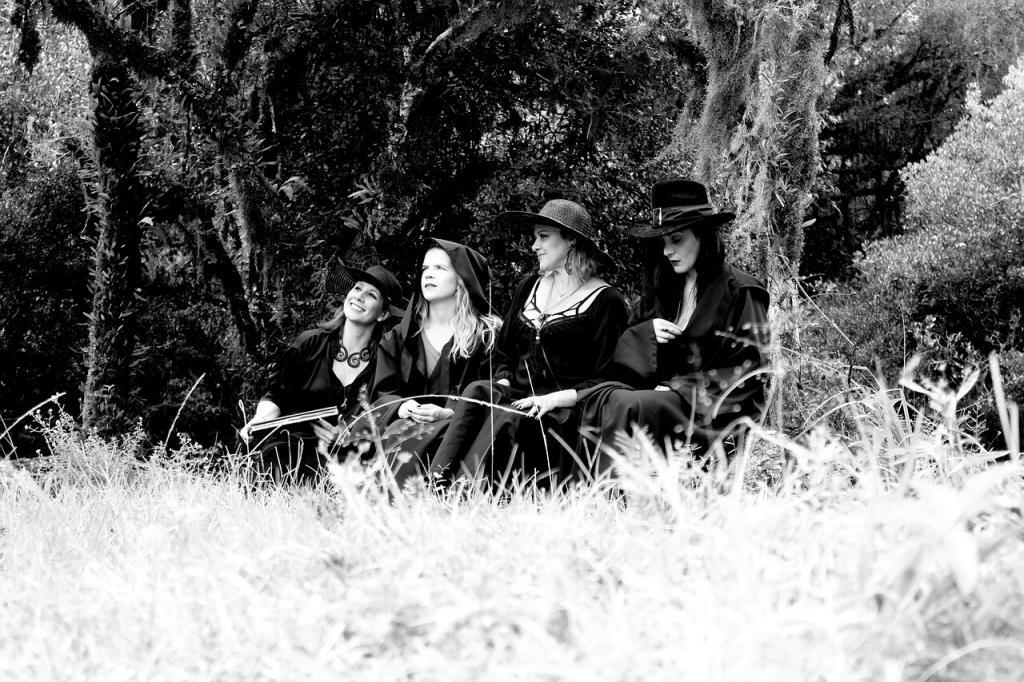Blog
The History of the Devil’s Mark
In Witchcraft, the devil’s mark is a scar or blemish made on the body of a person who has made a pact with the devil. It can also be called “witches’ mark”. The historical study of the devil’s mark began after the publication of Murray’s books on the subject: Witches cult in Western Europe and The God of the Witches in the early 20th century. In her writings, she argued that the devil’s marks were actually tattoos used to identify members of the organized pagan religion that were flourishing during the Middle Ages. It is said that the devil always permanently puts marks on the bodies of those he initiated to seal their allegiance and as a way of showing service and obedience to him.
New initiates at that moment who renounced their faith were marked by raking of devil’s claw across their flesh or by the use of a hot iron leaving a mark referred to as devil’s mark. This devil’s mark is usually red or blue and sometimes just a scar. The devil can also leave marks by licking people. This form of branding was commonly seen when new recruits got initiated at Sabbats or when someone new got into a formal allegiance or pledge with the devil.
Description:
The devil’s marks can be on any part of the body. Nicholas Remy in his 1595 book titled Demonolatry mentioned places which could bear the marks including; backs, tops of heads, breasts, hips, left shoulders and brow. During the 17th century, Francesco Maria Guazzo mentioned in his work titled Compendium Maleficarum, that there were cases of devil’s marks hidden in secrets places like the armpits, body cavities, and under the eyelids.
These devil’s marks may not always have the same description; for example, it can be like the hare’s footprint, or like a dog or a spider dog or a dormouse. It is also said that the devil does not always mark initiates in the very same place. For instance, on men it is generally seen on the lids of the eye, or on the armpits or even lips, shoulder or on the posterior aspects of the body; unlike on women where it is seen on the breasts or pubic organs.
Significance of the Devil’s Mark
These devil’s marks are considered proofs of sorcery and witchcraft. Those who were accused of witchcraft were brought under trial and searched thoroughly for any of those marks. These suspects were stripped naked and the hairs on their bodies were shaved. Scars, tattoos, skin discoloration, moles, warts, etc.. were looked for. They forced pins into these scars, warts, skin discolorations and moles, warts. The presence or absence of pain sensation and bleeding will determine if the marks are devil’s marks or not. In simple terms, those who neither felt pain nor bled were considered guilty. Meanwhile, those whose marks were natural and unrelated to the devil protested but this was rather ignored.
Unlike the popular belief, Guazzo authoritatively made statements saying that not all of the initiates get a mark on them but rather those who are most likely to turn their backs on him. He also said some marks were made to be painless and others very painful. Some other inquisitors believed that the devil’s marks can even be invisible. This way even an innocent person can be easily classified as a witch by these inquisitors.
What happened to those who had the devil’s marks on them? They were brutally tortured into narrating how they got those marks. These tales of gross initiatory rites and fellowships with the devil at Sabbats could satisfy the inquisitors as they kept on digging deep into the archives of witchcraft and sorcery.
One thing that was very certain is that the devil’s mark was really existing and most people who got them were first-timers who recently got together with the devil and those marks were to distinguish them from ordinary humans.

